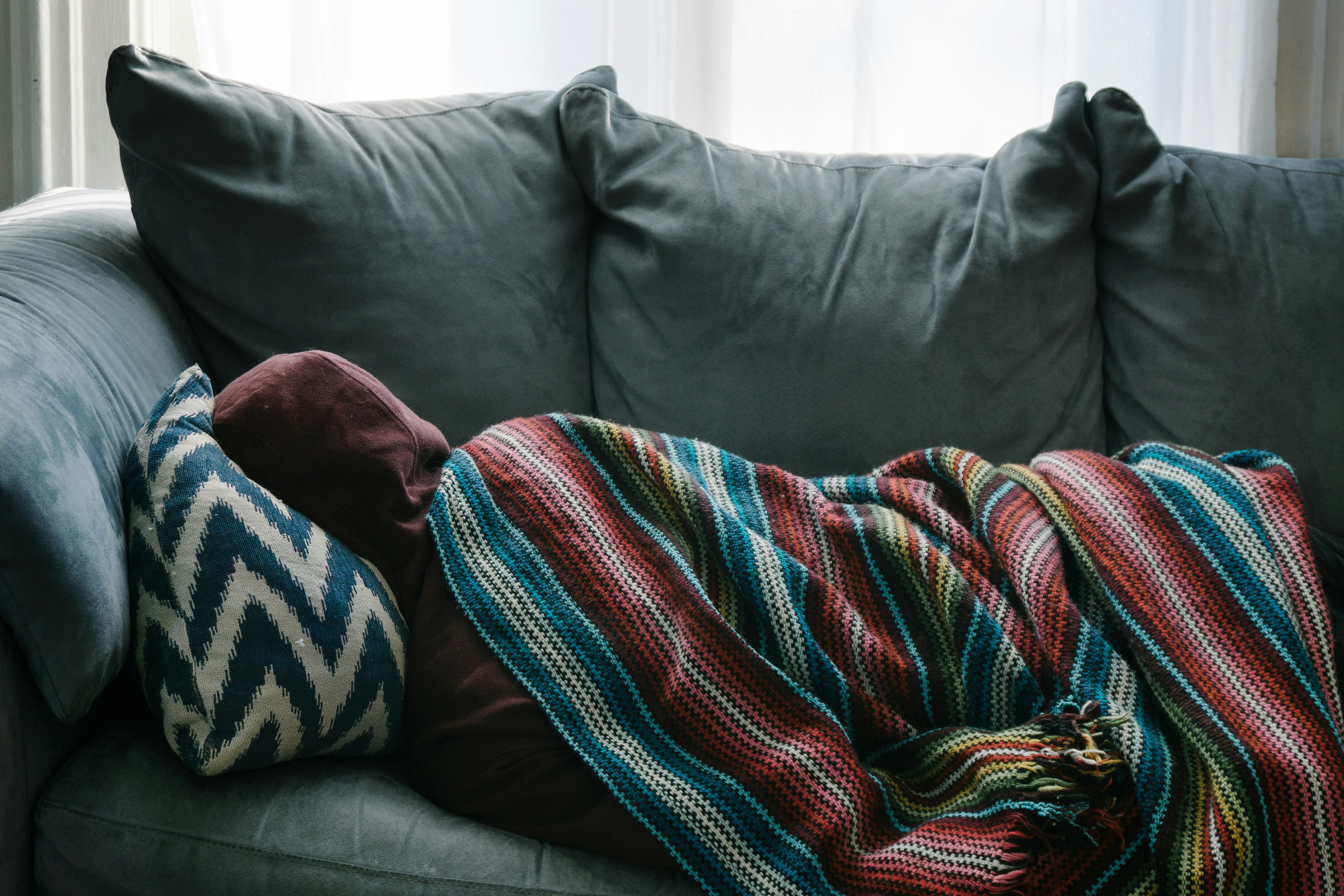How COVID-19 affected sickness absences in England
- Posted:
- Written by:
- Categories:

Sickness absences, where a person can’t work for health reasons, are at their highest rate in a decade, but the reasons are not well understood. Long-term sickness absence is bad for people and for the economy, and can widen health inequalities.
The UK has made good progress against SARS-CoV-2, the virus that causes COVID-19, with most people fully vaccinated. But the infection rate is still high. In England, it’s been estimated that over 80% of people were infected by November 2022, and repeat infections are common.
COVID-19-related illness is less severe than it once was due to high vaccination coverage and increased natural immunity. But, there’s still a lot we don’t know about the long-term health and economic burden for people infected with SARS-CoV-2.
When someone can’t work for health reasons for more than seven days, a GP can issue a Statement of Fitness for Work, commonly known as a “fit note” or “sick note”, to provide evidence to employers. Our new study looks at the rate that sick notes were issued for people with COVID-19, and how it changed over the course of the pandemic.
Here’s what we found.
Comparing sick note rates
To understand the effects of COVID-19 on the workforce, we used primary care data within the OpenSAFELY platform to identify everyone with recorded evidence of SARS-CoV-2 infection or a COVID-19 diagnosis (in other words, both people who reported a positive test, and people with a confirmed diagnosis in primary care or in hospital). That amounts to 2.9 million people over three years (2020-2022). We measured their sick note rate, and compared it with the general population.
More people with COVID-19 received sick notes in 2022 than in 2020
The sick note rate among people with SARS-CoV-2 infection or COVID-19 was highest in 2020, when the illness was poorly understood and lacked effective treatment. But (as always) it’s not as simple as that.
In 2020:
- Nine out of every 100 people were issued a sick note in the first 30 days of their infection or diagnosis date
- That was about 27,000 people
In 2022:
- Five out of 100 people were issued with a sick note within the same timescale
- But given infection rates at the time, that meant more people: about 61,000
The figure below shows how receipt of sick notes in the first 30 days post-infection changed over the course of the pandemic, among people with COVID-19.

There was also substantial variation by demographics. Older people, women, and those living in more deprived areas were more likely to receive sick notes, similar to what is observed in the general population.
People with COVID-19 were more likely to get a sick note even well after the date of infection
People with SARS-CoV-2 infection or COVID-19 diagnosis were 4.07 times more likely to receive a sick note than the general population in 2020, decreasing to 1.57 times higher in 2022. This increased risk was highest in the first 30 days, but never returned to the same level as the general population even more than 6 months post-infection.
The impact of COVID-19 continues to be felt even in an era when most people are vaccinated
One consistent thing throughout the pandemic is that negative health impacts of COVID-19 have not been experienced equitably. This is the first study to quantify how sick notes were issued over time since the start of the pandemic, in different populations. The better we understand the reasons for long-term sickness absence, the more light we’ll be able to shed on the long-term consequences of COVID-19.


